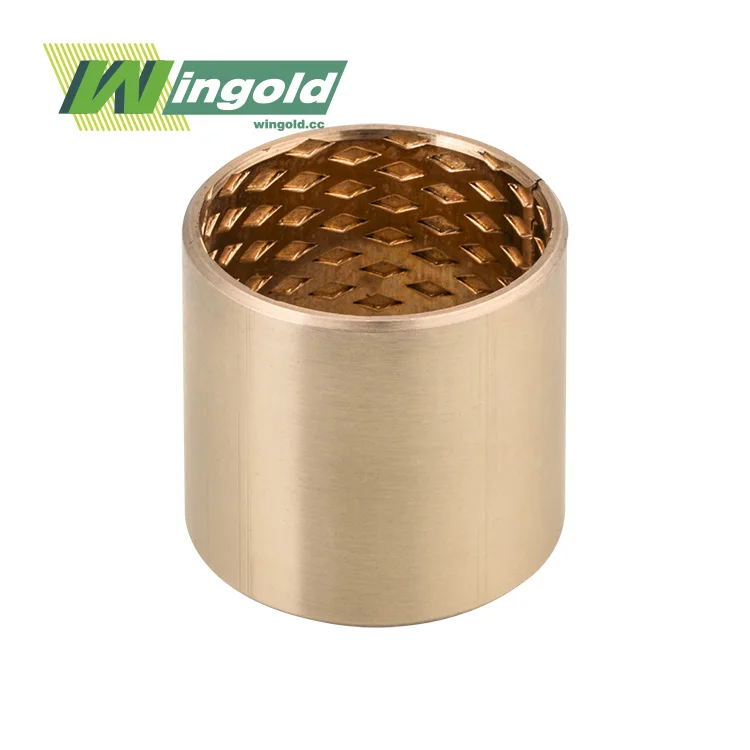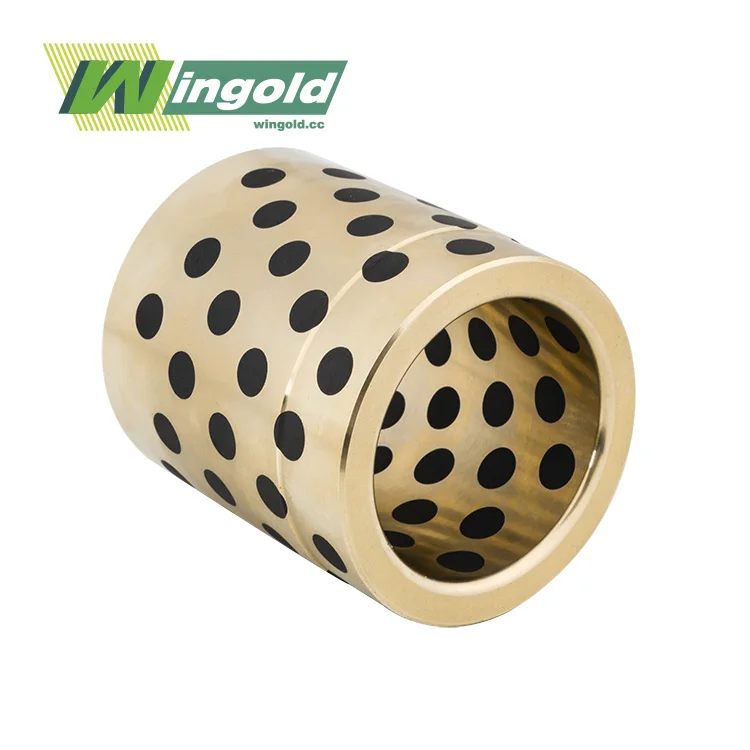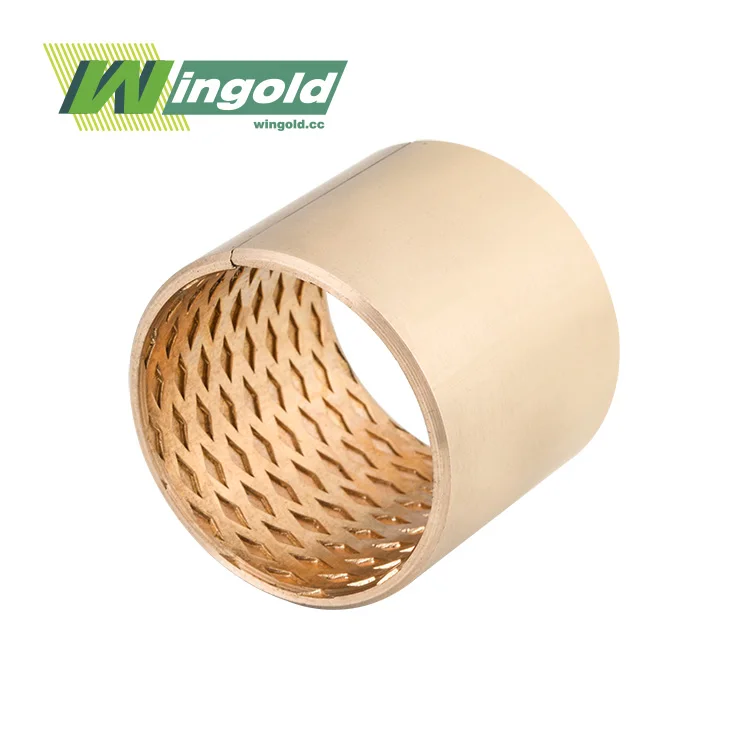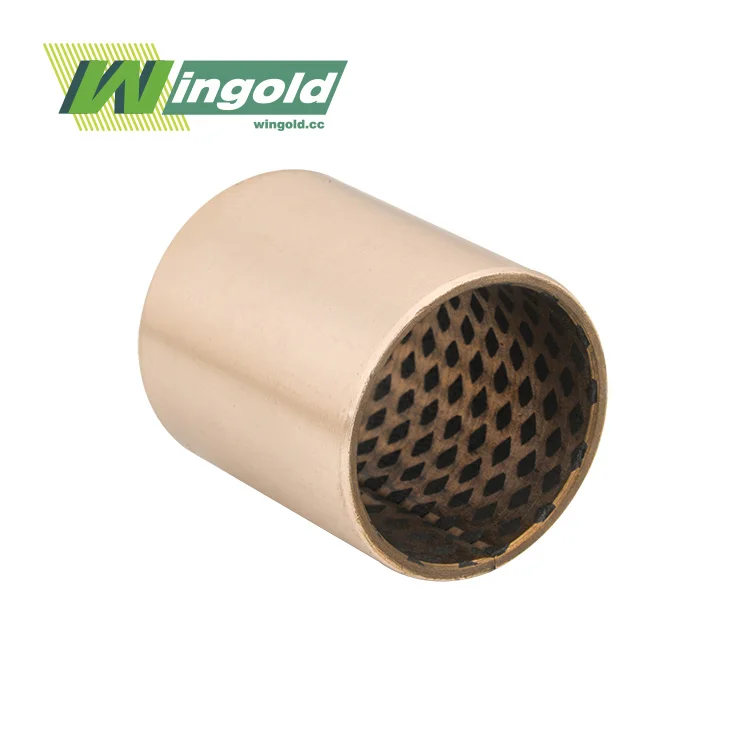 The Science Behind Self-Lubricating Cast Bronze Bearings
The Science Behind Self-Lubricating Cast Bronze Bearings
Composition and Structure of Cast Bronze Bearings
Cast bronze bearings, typically made from alloys like CuSn10Pb10 (C93200), possess a unique microstructure that contributes to their self-lubricating properties. The alloy composition, which includes copper, tin, and lead, creates a matrix with microscopic pores and channels. These voids serve as reservoirs for lubricants, allowing the bearing to store and distribute oil as needed.
The lead content in the alloy plays a crucial role in the self-lubricating mechanism. As the bearing operates, the soft lead particles smear across the surface, creating a thin, low-friction layer. This process, known as "running-in," enhances the bearing's performance over time and contributes to its longevity.
Oil Retention and Distribution
The porous nature of cast bronze bearings enables them to retain a significant amount of lubricant within their structure. When the bearing is subjected to pressure during operation, this stored lubricant is forced out of the pores and onto the bearing surface. This continuous release of lubricant ensures that a thin film of oil is maintained between the bearing and the shaft, even under high loads or intermittent operation.
The oil distribution is further aided by the bearing's thermal properties. As the bearing temperature increases during operation, the oil becomes less viscous, allowing it to flow more easily through the porous structure and onto the bearing surface. This temperature-dependent behavior ensures optimal lubrication across a wide range of operating conditions.
Benefits of Self-Lubricating Properties in Industrial Applications
Reduced Maintenance and Downtime
One of the primary advantages of self-lubricating cast bronze bearings is their ability to operate for extended periods with minimal maintenance. The continuous supply of lubricant from within the bearing structure reduces the need for frequent relubrication, which is often required for conventional bearings. This feature is particularly valuable in applications where access for maintenance is limited or where continuous operation is critical.
By minimizing the need for manual lubrication, these bearings significantly reduce maintenance-related downtime. This translates to increased productivity and lower operating costs for industrial equipment. In sectors such as mining, construction, and manufacturing, where equipment reliability is paramount, self-lubricating cast bronze bearings offer a substantial advantage.
Enhanced Performance in Harsh Environments
Self-lubricating cast bronze bearings excel in challenging operating conditions where traditional lubrication methods may fail. In dusty or contaminated environments, external lubricants can attract and hold abrasive particles, leading to accelerated wear. The self-lubricating properties of cast bronze bearings help mitigate this issue by maintaining a clean lubricant film that is less likely to accumulate contaminants.
These bearings also perform exceptionally well in high-temperature applications. The thermal stability of the bronze alloy, combined with the continuous supply of lubricant from within the bearing structure, allows for reliable operation even when external lubricants might break down or evaporate. This makes self-lubricating cast bronze bearings ideal for use in furnaces, ovens, and other high-temperature industrial processes.
Optimizing Design and Selection of Self-Lubricating Cast Bronze Bearings
Factors Influencing Self-Lubricating Performance
To fully leverage the self-lubricating properties of cast bronze bearings, several factors must be considered during the design and selection process. The load capacity, operating speed, and environmental conditions all play crucial roles in determining the optimal bearing configuration.
The porosity of the bearing material is a critical factor in its self-lubricating performance. A higher porosity allows for greater oil retention but may compromise the bearing's strength. Engineers must strike a balance between these properties based on the specific application requirements. Additionally, the choice of initial impregnation lubricant can significantly impact the bearing's long-term performance and should be selected based on factors such as operating temperature, load, and speed.
Innovations in Self-Lubricating Technology
Advancements in metallurgy and manufacturing processes have led to improvements in the self-lubricating properties of cast bronze bearings. New alloy formulations have been developed to enhance oil retention and distribution while maintaining the strength and wear resistance of traditional bronze bearings.
One notable innovation is the development of composite bearings that combine the benefits of cast bronze with other materials. For example, some manufacturers offer bearings with a cast bronze base and a PTFE-based overlay. This combination provides excellent self-lubricating properties with the added benefit of reduced friction and improved wear resistance.
Another area of innovation is in the impregnation process. Advanced techniques allow for more uniform distribution of lubricants throughout the bearing structure, ensuring consistent performance over the bearing's lifetime. Some manufacturers are also exploring the use of solid lubricants embedded within the bronze matrix, further enhancing the self-lubricating capabilities of these bearings.
Application-Specific Considerations
Whereas self-lubricating cast bronze heading offer various preferences, their execution can shift depending on the particular application. In high-load, low-speed applications, such as those found in overwhelming apparatus, these orientation exceed expectations due to their capacity to keep up a oil film indeed beneath extraordinary weights.
For applications involving oscillating or intermittent motion, self-lubricating cast bronze bearings provide a significant advantage over traditional bearings. The continuous availability of lubricant ensures smooth operation even when the motion is not sufficient to generate a hydrodynamic lubricant film.
Conclusion
Self-lubricating properties significantly enhance the performance and longevity of cast bronze bearings across a wide range of industrial applications. By providing continuous lubrication, reducing friction, and minimizing maintenance requirements, these bearings offer a cost-effective and reliable solution for numerous engineering challenges. As technology continues to advance, we can expect further improvements in the self-lubricating capabilities of cast bronze bearings, opening up new possibilities for their use in even more demanding applications.
For more information about our high-quality cast bronze bearings and how they can benefit your specific application, please contact us at info@wingold.cc. Our team of experts is ready to help you find the optimal bearing solution for your needs.



